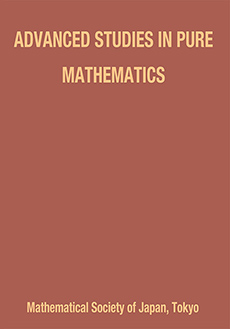Abstract
For primes $p$ let $$ A_p := \{n : n \in \mathbb{N},\ p|n\} $$ be the set of all natural numbers divisible by $p$. In his book "Probabilistic methods in the Theory of Numbers" (1964) J. Kubilius applies finite probabilistic models to approximate independence of the events $A_p$. His models are constructed to mimic the behaviour of (truncated) additive functions by suitably defined independent random variables.
Embedding $\mathbb{N}$, endowed with the discrete topology, in the compact space $\beta \mathbb{N}$, the Stone-Čech compactification of $\mathbb{N}$, and taking $\overline{A_p} := \mathrm{clos}_{\beta \mathbb{N}} A_p$ leads to independent events $\overline{A_p}$. This observation is a motivation for a general integration theory on $\mathbb{N}$ which can be used in various topics of Probabilistic Number Theory. In this paper we present a short compendium of Probabilistic Number Theory concerning the distribution of arithmetical functions. The new model is applied to the result of Erdös and Wintner about the limit distribution of additive functions and to the famous result of Szemeredi in combinatorical number theory. Further applications are given with respect to spaces of limit periodic and almost periodic functions and recent results on q-multiplicative functions.
Information
Digital Object Identifier: 10.2969/aspm/04910133


